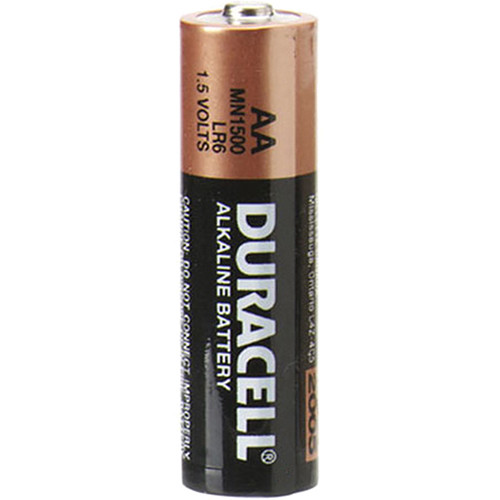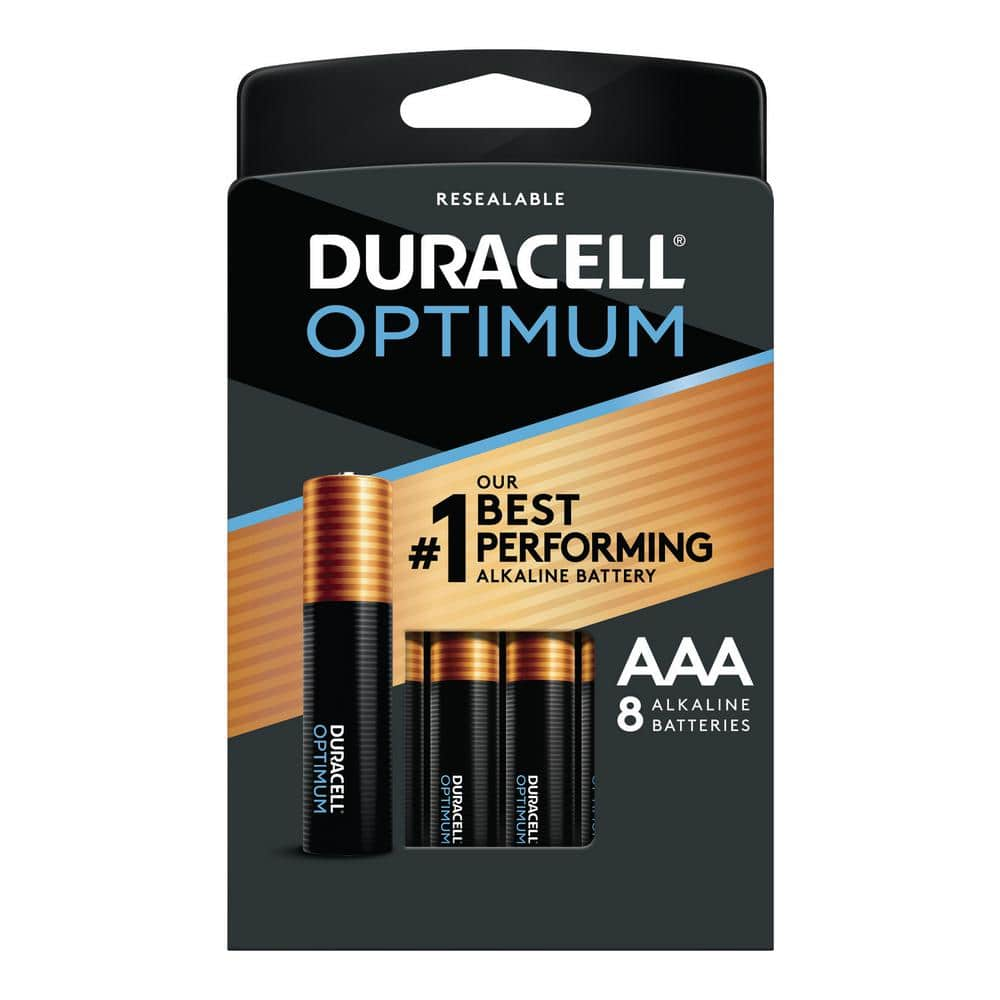

There, they combine with unstable zinc ions, which were formed at the anode when the electrons were originally given up to the external circuit. The internal circuit is completed when the hydroxide ions produced in this reaction at the cathode flow to the anode in the form of ionic current. Handle it with proper care since KOH is caustic and can cause tissue damage. However, KOH is hygroscopic and will easily form a oily like liquid which is what you might be seeing in your batteries. In that reaction, the water splits, releasing hydroxide ions into the electrolyte and hydrogen ions that combine with MnOO- to form MnOOH. Alkaline batteries such as Duracell Coppertop usually leaks KOH (potassium hydroxide) under conditions of misuse as a white foam. Then, MnOO- reacts with water from the electrolyte. Every electron entering the cathode reacts with the manganese dioxide to form MnOO. This process is accomplished by the movement of negatively charged hydroxide ions present in the water solution called the electrolyte. The combined processes of oxidation and reduction couldn’t occur in a power cell without an internal way to carry electrons back to the anode, balancing the external flow of current. After the electrons do their work powering the light bulb, they re-enter the cell at the cathode, where they combine with the active material, manganese dioxide, in a process called reduction. At that time, the anode material, zinc, gives up two electrons per atom in a process called oxidation, leaving unstable zinc ions behind. Electric current in the form of electrons begin to flow in the external circuit when the device-a light bulb for example-is turned on. Duracell Batteries United Kingdom and Irelandīatteries may seem simple, but the delivery of packaged power is a complicated electrochemical process.Kirkland Signature batteries were designated a Consumer Reports Best Buy, at 90 cents a pair. But 30 years later things are much better and I use them now, tho I still feel a little nervous. Unlike alkalines, lithium batteries dont contain a corrosive liquid. The batteries we brought sucked so bad we had to have someone bring alkaline 9Vs from western Europe.

I was doing a long run show in the Soviet Union and knew 9V batteries would be hard to find. Back in '91 I swore to never, ever use rechargeable batteries in wireless mics again. So far the rechargeable 9V have been great, going on their fourth season.

With a season of over 70 shows and 28 mics, that would be a huge pile of wasted batteries. In contrast, a lead-acid battery can explode. Duracell batteries are specifically made to prevent chemicals from having space to build up and cause a dangerous situation. I also use rechargeable 9V in Shure ULX wireless microphones. The chemical combination that powers batteries will build up until the case leaks or implodes. With two sets of those, no worries no more. I'm impressed, a pair of the rechargeable lasted 9.5 hours in normal record mode.

The Panasonic are hard to find here, so I bought what they have. That thing has a voracious appetite for AA cells. They are for my Zoom H4n recorder gadget. I just went into the city on Friday and bought GP brand rechargeable AA batteries.


 0 kommentar(er)
0 kommentar(er)
